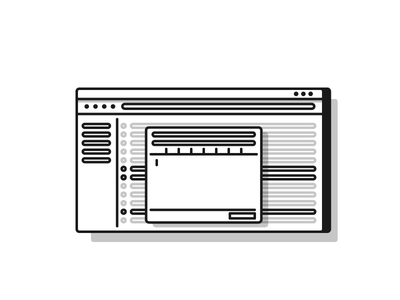WordPress security is something many users don’t think about. When a new site is set-up, most owners believe their site already contains enough WordPress security measures to keep from being compromised. Although there are basic WordPress security build-ins, none are completely riskless. Some owners might use WordPress security plugins to better protect their data, content and images. But even the best WordPress security plugin doesn’t guarantee absolute safety.
Hackers use various weaknesses in WordPress security fronts to gain entrance into the dashboard or even to the backend of the FTP manager. Once in, hackers can operate freely, without even alarming WordPress security. In other words, site owners may not even be aware someone has bypassed their WordPress security protocols until after the damage is done. Some even linger behind-the-scenes for months without raising any suspicion.
WordPress Security Issues
There are two primary WordPress security issues. Each are simply the reality of being an Internet based application. And each have their own unique set of circumstances. WordPress security is largely affected by popularity and individual users.
Popularity
WordPress is a very popular platform, just like Windows. The fact that the vast majority of viruses, trojan horses and malware are designed to infect Windows operating systems is because it is so ubiquitous. That means those who seek to manipulate certain aspects of Windows OS have access to it. Likewise, those who seek to compromise a WP site also have access to the latest WordPress security features. That access means familiarity. And with familiarity comes a working knowledge of the platform’s weaknesses.
End Users
End users also are a source of weakness in WordPress security. Because users do not take proactive steps to combat potential threats to their WordPress security features, their sites can be more easily breached. End users are perhaps the greatest vulnerability source of WordPress security.

WordPress Security Tips
The identification of vulnerabilities only serves part of the WordPress security puzzle. The platform sends out regular updates and these should be installed to improve WordPress security. Updates not only contain the latest user-interface features but also security updates. Each time a new version of WP is released, chances are the previous version has a weakness which has been exploited. But WordPress security goes beyond just version updates. Breaches and infections can occur from various sources:
- Poor Credentials Management. Every aspect of WordPress security has a weakness in the platform through various entries. These include but are not limited to: FTP, SFTP, SSH, WP Admin, cPanel and Data Bases.
- Lax System Administration. WordPress security works in part through system administration. Not keeping up-to-date with various administrative activities can be a source for breaches.
- Soup Kitchen Servers. These are servers which host many different sites. Cross-contamination can occur if one site is infected.
- Outdated Software. These include plugins, older versions of WP, out-of-date themes, PHP and databases.
- End Users’ Lack of Internet/Web Knowledge. The Internet is constantly evolving. Web 2.0 properties such as blogging platforms, social networking sites and article directories have provided interaction not before available. Because of their popularity, users have many login credentials and tend to use the same usernames and passwords. This is a serious risk for WordPress security.
- Insufficient Security Knowledge. Ironically, one of the biggest threats to WordPress security is the end-users’ lack of security knowledge. New threats surface daily. Keeping up to date with these threats can be done through the WP Codex forums.
- Installing Un-vetted Themes, Plugins and Scripts. Hackers know one of the simplest ways to get around WordPress security is by tricking end-users. Themes, scripts and plugins might seem like great resources but can contain base64 code and backdoors.
If you are experiencing problems in your WordPress security or believe your site is vulnerable, then contact us for a free evaluation.

